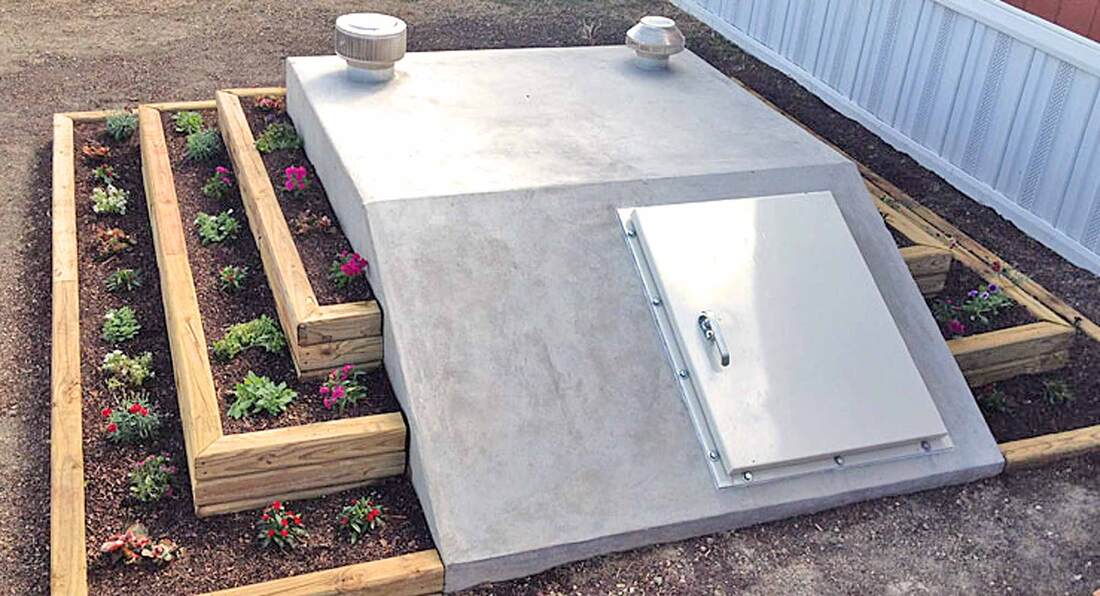In today’s fast-paced digital world, webinarach have become a cornerstone of effective online communication. Whether you are a business professional looking to expand your reach, an educator seeking to engage students remotely, or a thought leader aiming to share your expertise, webinars offer an unparalleled platform for connection and knowledge dissemination. However, hosting a successful webinar is not as simple as hitting the “start” button. It requires careful planning, effective communication, and engaging content. In this comprehensive guide, we will delve into the art of hosting webinars successfully, which we’ll affectionately refer to as “Webinarach.”
Table of Contents
- Understanding Webinars
- 1.1 What is a webinarach ?
- 1.2 Why Are Webinars Important?
- Planning Your Webinar
- 2.1 Setting Clear Objectives
- 2.2 Choosing the Right Format
- 2.3 Selecting the Ideal Date and Time
- 2.4 Identifying and Targeting Your Audience
- Creating Engaging Content
- 3.1 Crafting a Captivating Title and Description
- 3.2 Building an Effective Presentation
- 3.3 Utilizing Multimedia and Visual Aids
- 3.4 Preparing for Q&A Sessions
- Promoting Your Webinar
- 4.1 Leveraging Social Media
- 4.2 Email Marketing Strategies
- 4.3 Partnering with Influencers and Collaborators
- 4.4 Building a Landing Page
- Hosting the Webinar
- 5.1 Choosing the Right webinarach Software
- 5.2 Technical Rehearsals and Equipment Setup
- 5.3 Engaging Your Audience in Real-Time
- 5.4 Managing Technical Glitches
- Post-Webinar Engagement
- 6.1 Collecting Feedback
- 6.2 Repurposing Content
- 6.3 Nurturing Leads
- 6.4 Analyzing Performance Metrics
- Continuous Improvement
- 7.1 Learning from Each webinarach
- 7.2 Staying Updated with Trends
- 7.3 Expanding Your Webinar Portfolio
- 7.4 Networking and Collaboration Opportunities
Chapter 1: Understanding Webinars
1.1 What is a Webinar?
A webinarach is a live, web-based seminar or presentation conducted over the internet. It allows presenters to interact with a remote audience in real time. Webinars are typically used for educational purposes, business presentations, product launches, and knowledge sharing.
1.2 Why Are Webinars Important?
webinarach have gained immense popularity due to their numerous benefits. They offer a cost-effective way to reach a global audience, foster engagement through interactive features like polls and Q&A sessions, and provide a platform for thought leadership. Moreover, webinars can be recorded and repurposed, extending their reach and impact.
Chapter 2: Planning Your Webinar
2.1 Setting Clear Objectives
Before diving into the logistics of hosting a webinarach , it’s crucial to define clear objectives. What do you want to achieve with your webinar? Whether it’s generating leads, educating your audience, or showcasing a product, well-defined goals will guide your entire webinar strategy.
2.2 Choosing the Right Format
webinarach come in various formats, such as single-speaker presentations, panel discussions, interviews, or workshops. Select a format that aligns with your objectives and engages your target audience effectively.
2.3 Selecting the Ideal Date and Time
Timing is crucial for a successful webinarach . Consider the time zones of your target audience and choose a date and time that maximize attendance. Additionally, avoid scheduling during holidays or conflicting events.
2.4 Identifying and Targeting Your Audience
Understanding your audience’s demographics, interests, and pain points is vital for crafting relevant content and effective promotion. Use audience personas to tailor your webinarach to their needs and preferences.
Chapter 3: Creating Engaging Content
3.1 Crafting a Captivating Title and Description
Your webinarach title and description should pique curiosity and clearly convey the value attendees will gain. Use compelling language and focus on the benefits of participating.
3.2 Building an Effective Presentation
Design a structured and visually appealing presentation. Incorporate storytelling elements, concise text, and compelling visuals to keep participants engaged throughout the session.
3.3 Utilizing Multimedia and Visual Aids
Incorporate multimedia elements like videos, animations, and infographics to enhance your presentation. Visual aids help explain complex concepts and make your content more memorable.
3.4 Preparing for Q&A Sessions
Anticipate questions your audience may ask and prepare thoughtful answers. Encourage audience participation through interactive Q&A sessions, polls, and chat features.
Chapter 4: Promoting Your Webinar
4.1 Leveraging Social Media
Harness the power of social media platforms to create buzz around your webinarach . Use targeted ads, event pages, and hashtags to increase visibility and engagement.
4.2 Email Marketing Strategies
Build a compelling email marketing campaign to promote your webinarach to your existing audience and potential leads. Send personalized invitations, reminders, and follow-up emails.
4.3 Partnering with Influencers and Collaborators
Collaborate with industry influencers or complementary businesses to expand your reach. Co-hosting webinarach or securing endorsements can boost credibility and attendance.
4.4 Building a Landing Page
Create a dedicated landing page for your webinarach . Include essential details, registration forms, and persuasive content to convert visitors into attendees.
Chapter 5: Hosting the Webinar
5.1 Choosing the Right Webinar Software
Select a reliable webinarach platform that offers the features you need, such as HD video streaming, screen sharing, and audience engagement tools. Test the platform’s stability before the event.
5.2 Technical Rehearsals and Equipment Setup
Conduct technical rehearsals to ensure a smooth webinarach experience. Test your audio and video equipment, internet connection, and screen sharing capabilities.
5.3 Engaging Your Audience in Real-Time
Interact with your audience throughout the webinarach . Encourage questions, run polls, and address comments to create an interactive and dynamic atmosphere.
5.4 Managing Technical Glitches
Prepare for technical issues by having backup plans in place. Communicate calmly with your audience if problems arise and provide alternative solutions.
Chapter 6: Post-Webinar Engagement
6.1 Collecting Feedback
Gather feedback from attendees to understand what worked well and what needs improvement. Use this data to refine your future webinarach strategies.
6.2 Repurposing Content
Leverage the recorded webinarach to create blog posts, social media content, and downloadable resources. Repurposing extends the life of your webinar content.
6.3 Nurturing Leads
Follow up with attendees and non-attendees through personalized emails. Provide additional value and nurture leads into potential customers or partners.
6.4 Analyzing Performance Metrics
Analyze key performance indicators (KPIs) such as registration rates, attendance rates, and audience engagement. Use



